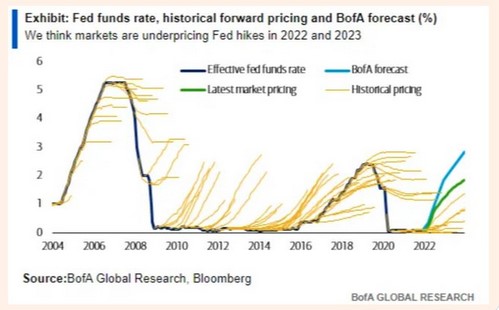Winemaker
Thinks s/he gets paid by the post
We drove past a KFC the other day. The marquee was advertising the “deal of the day”. 12 piece chicken dinner for $39.00. I remember when McDonalds used to advertise get change back from your buck.
We went out to lunch yesterday. Two salads and one, ONE, slice of cheese pizza with tip $27.
A few years back, one could go to The Outback and get Alice Springs chicken for $xx.99, consisting of a either 2 chicken breasts or one huge breast butterflied w/ bacon, cheese, broccoli, and a half rack of ribs and choice of 2 sides. Now for $xx.99, you get a chicken breast the size of a pigeon, and the half rack is an add on, as is a full rack.
While I do still own some bonds, a TIP fund, numerous preferreds, and a stable value fund, I just purchased some Altria. Off it's 5 year high, yielding 7.12%, it will be inflation protected. While it is a sin stock, even with a dividend cut, it would/does provide income if that is one's point of an fixed income portion of their portfolio.


